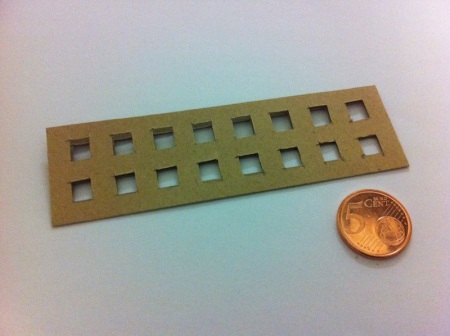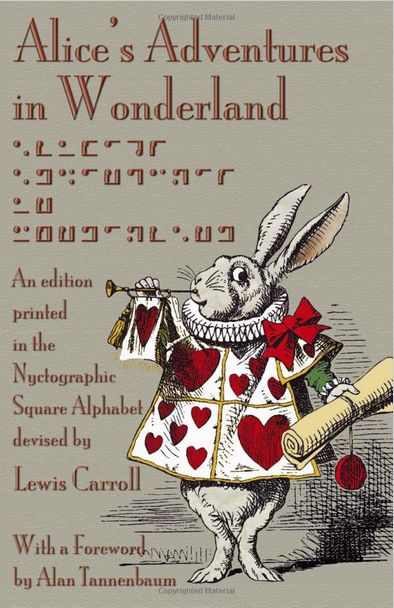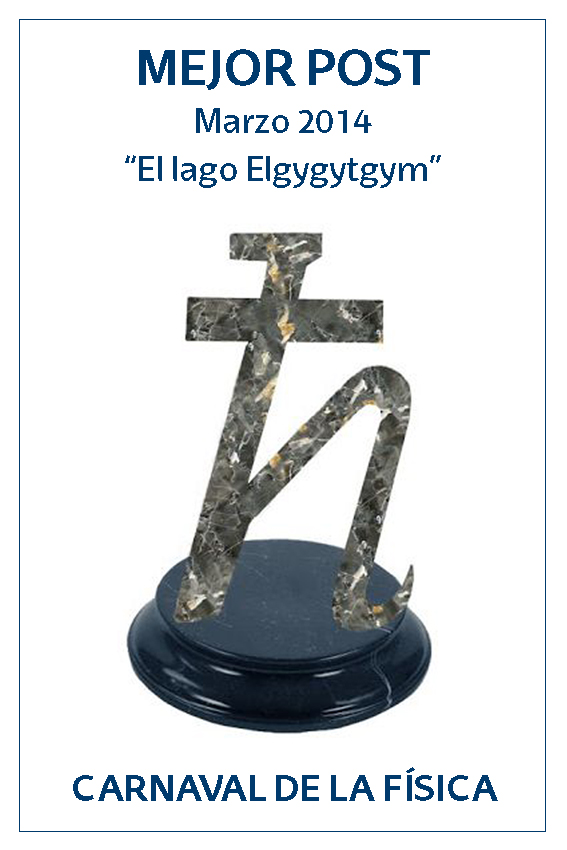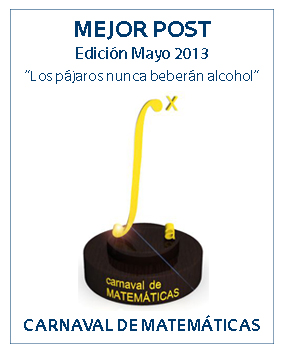La ‘nictografía‘ es una forma de taquigrafía creada por el matemático y escritor Lewis Carroll en 1891.
Carroll inventó este sistema porque se despertaba a menudo de noche, y quería anotar rápidamente los pensamientos que le venían a la cabeza sin tener que perder el tiempo en encender una lámpara para apagarla poco después.

Reconstrucción del ‘nictógrafo’ por Noah Slater
http://en.wikipedia.org/wiki/File:Nyctograph_reconstruction.jpg
El dispositivo consistía en una tarjeta cuadriculada con dieciséis cuadrados y un sistema de símbolos que representaban un alfabeto diseñado por Carroll, que el escritor podía transcribir al día siguiente.
Al principio, Carroll usaba un rectángulo de cartón con otro rectángulo recortado en el centro para guiar su escritura en la oscuridad: parece que los resultados no eran muy legibles… La última versión de su ‘nictógrafo’ quedó registrada en su diario el 24 de septiembre de 1891 y fue objeto de una carta a la revista “The Lady” el 29 de octubre 1891:
Any one who has tried, as I have often done, the process of getting out of bed at 2 a.m. in a winter night, lighting a candle, and recording some happy thought which would probably be otherwise forgotten, will agree with me it entails much discomfort. All I have now to do, if I wake and think of something I wish to record, is to draw from under the pillow a small memorandum book containing my Nyctograph, write a few lines, or even a few pages, without even putting the hands outside the bed-clothes, replace the book, and go to sleep again. … I tried rows of square holes, each to hold one letter (quarter of an inch square I found a very convenient size), and this proved a much better plan than the former; but the letters were still apt to be illegible. Then I said to myself ‘Why not invent a square alphabet, using only dots at the corners, and lines along the sides?’ I soon found that, to make the writing easy to read, it was necessary to know where each square began. This I secured by the rule that every square-letter should contain a large black dot in the N.W. corner. … [I] succeeded in getting 23 of [the square-letters] to have a distinct resemblance to the letters they were to represent. Think of the number of lonely hours a blind man often spends doing nothing, when he would gladly record his thoughts, and you will realise what a blessing you can confer on him by giving him a small ‘indelible’ memorandum-book, with a piece of paste-board containing rows of square holes, and teaching him the square-alphabet.
A partir de su descripción parece que su aparato para escribir a oscuras constaba de una única línea de 16 cajas cortadas a partir de un trozo de cartón. Carroll dibujaría un símbolo en cada casilla y a continuación movería la tarjeta hacia abajo para comenzar con la siguiente línea.

Alice’s Adventures in Wonderland:
An edition printed in the Nyctographic Square Alphabet devised by Lewis Carroll
En 2011 se publicó Alice’s Adventures in Wonderland: An edition printed in the Nyctographic Square Alphabet devised by Lewis Carroll, el libro de Alicia escrito en este especial lenguaje inventado por Carroll. El aspecto de una página es el siguiente:

«Are you content now?» said the Caterpillar.
http://www.lewiscarroll.org/wp-content/uploads/2012/02/nyctograph-caterpillar.png
Nota: En Francia se habla de la nyctographie o arte de escribir sin ver. Se atribuye a Julien Leroy el título de propiedad de un invento para el arte de escribir sin la ayuda de los ojos [« Ordonnance du Roi portant Proclamation des Brevets d’invention, de perfectionnement et d’importation, délivrés pendant le troisième trimestre de 1815 », Bulletin des lois, 30 octobre 1815] durante cinco años: el nyctographe. Más tarde Jacques Dejernon obtendrá otro título de propiedad para cinco años [« Ordonnance du Roi portant Proclamation des Brevets d’invention, de perfectionnement et d’importation, délivrés pendant le troisième trimestre de 1819 », Bulletin des lois, 13 octobre 1819], que llama de la misma manera que Leroy, y destinado a facilitar la escritura de las personas invidentes.
Visto en Futility Closet
Esta entrada participa en la VII Edición del Carnaval de Humanidades cuyo blog anfitrión es Afán por saber.











una joyita, gracias por compartirlo
Me gustaMe gusta
Reblogueó esto en Martams's Blogy comentado:
#HaceTresAños Alicia, escrita en un “cuadriculado” alfabeto
Me gustaMe gusta